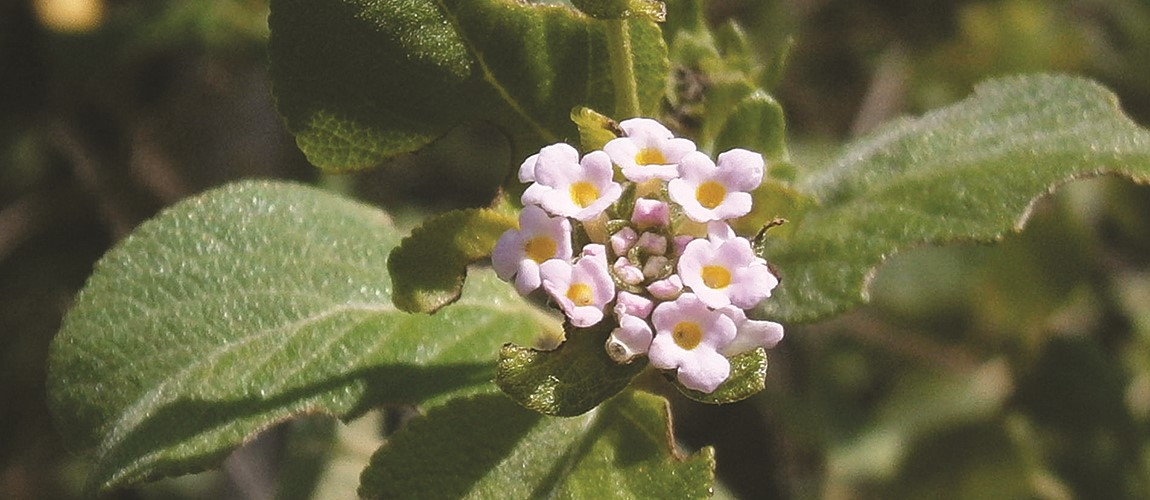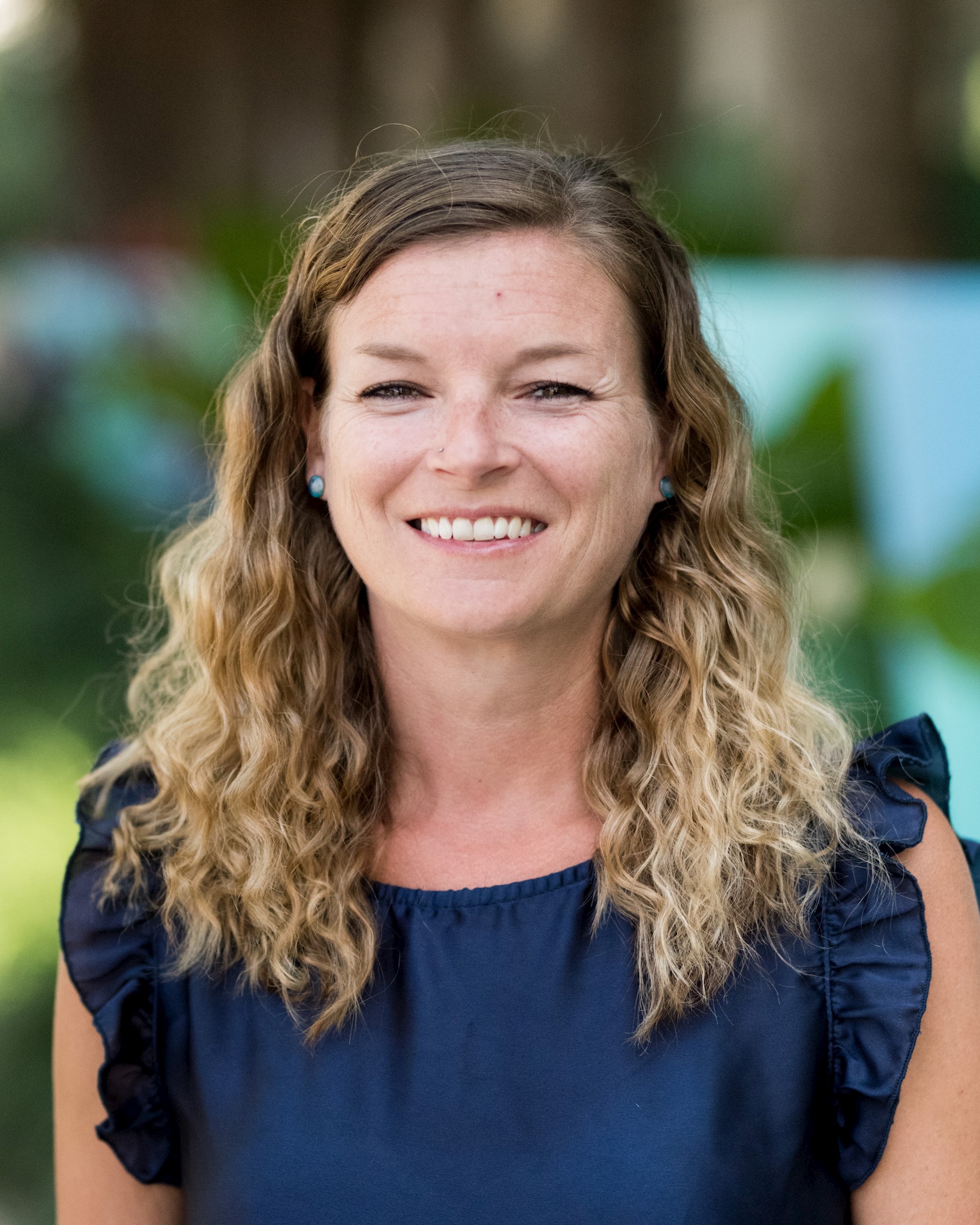

While the end of April sees the close of Garden Month, hopefully an appreciation for plants will continue, whether in our gardens or in the spaces we will soon be able to visit again.
Though most Cayman Islands residents are staying home as a result of the COVID-19 pandemic shelter-in-place regulations, out in nature, plants that are native to the country and can survive with little care are thriving. One such plant is Lantana involucrata, better known as round leaf sage or bitter sage.
Not only is round leaf sage well suited for Cayman’s climate conditions — including the current dry season — but it also supports biodiversity, which in turn supports the ecosystem.
Supporting biodiversity is one reason Dart nurtures and adds native plants to its landscapes. It has been said that ecosystems, especially terrestrial ecosystems close to the equator, support greater volumes of biodiversity due to their warmer climates. Not only do they provide food, but they can also provide shelter for smaller living creatures like insects, which are important for pollination. Round leaf sage is a great example of a native plant that supports biodiversity, and it can be found on the Natural Loop that starts close to the Festival Green on the east side of the Camana Bay bridge.
Round leaf sage is an upright woody shrub that grows three to five feet in height, with a similar spread. As an evergreen, it holds onto its leaves year-round, shedding them only as it adds new leaves. Another feature of the round leaf sage is that it flowers year-round as well. The white/pinkish/lavender flowers with a yellow throat appear in clusters, giving this shrub a handsome appearance in mixed beds, or even as a hedge. Its leaves emit the scent of sage when crushed, like most other plants in the lantana genus.
Round leaf sage prefers full sun and well-drained, sandy soil, and will flower more profusely given these conditions. Like many other plants in the Camana Bay landscape, round leaf sage is very drought and salt tolerant. Although it will not thrive in coastal flooding situations, it can endure harsh, salty wind.
Native to the American tropics, it is most commonly found on coastal hammocks and in coastal thickets. A member of the Vebenaceae family, an important group of plants to pollinators, it attracts butterflies and other essential pollinators. Its purple fruits are also a food source for many types of birds.
Easily grown from seed, round leaf sage will reward gardeners with many years of low maintenance while supporting the ever-important biodiversity in the Cayman Islands.
Photo credit: Joanne Mercille

About the author
Shannon Schmidt is the Horticulture Manager at Dart’s Arboretum Services Ltd. Joining Dart in 2012, Shannon previously worked in parks, public gardens and tourism properties, among others. Originally from the Finger Lakes region of New York State, Shannon loves island life, spending time paddleboarding around the canals and mangroves, in the sea, and spending time outdoors with her two energetic Boston Terriers Nollie and Ebbie and her equally energetic partner Chase! Shannon holds a Bachelor of Science in Recreation, Park and Tourism Management from The Pennsylvania State University and a Diploma in Horticulture from the Longwood Gardens Professional School of Horticulture, and loves spending time swinging in a hammock, with her favourite smoothie from Jessie’s Juice Bar and reading material from Books & Books.